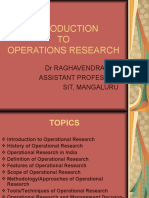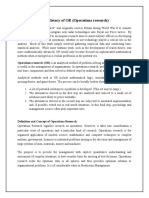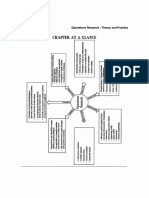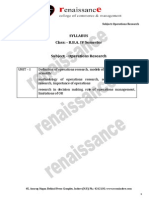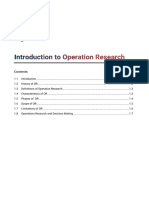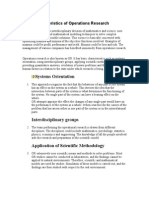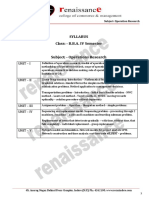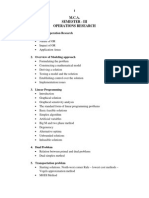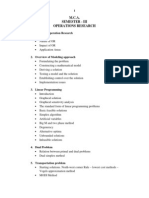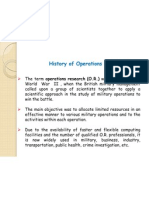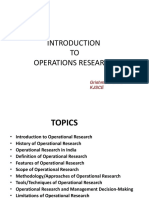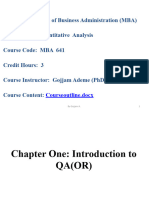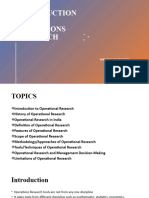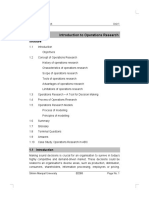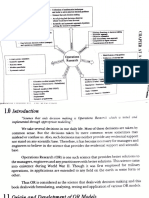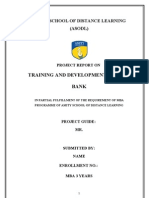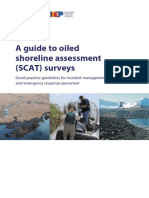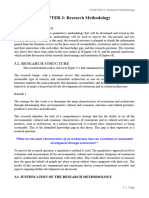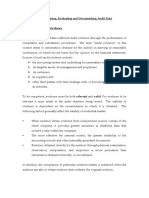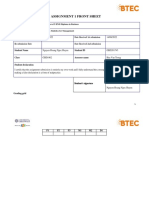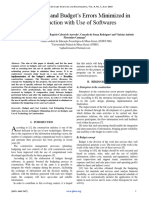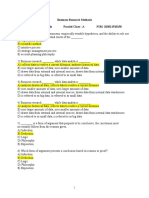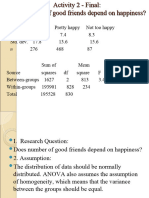0% found this document useful (0 votes)
18 views37 pagesBasics of OR
Operations Research (OR) is a scientific approach to decision-making that employs mathematical models, statistical analysis, and optimization techniques to solve complex problems and enhance outcomes. It involves interdisciplinary teams and the application of the scientific method to improve decision quality and manage interconnected systems effectively. OR is essential in various industries for optimizing resources, addressing uncertainty, and facilitating strategic decision-making.
Uploaded by
Dr. BRINDHA 2369Copyright
© © All Rights Reserved
We take content rights seriously. If you suspect this is your content, claim it here.
Available Formats
Download as PPTX, PDF, TXT or read online on Scribd
0% found this document useful (0 votes)
18 views37 pagesBasics of OR
Operations Research (OR) is a scientific approach to decision-making that employs mathematical models, statistical analysis, and optimization techniques to solve complex problems and enhance outcomes. It involves interdisciplinary teams and the application of the scientific method to improve decision quality and manage interconnected systems effectively. OR is essential in various industries for optimizing resources, addressing uncertainty, and facilitating strategic decision-making.
Uploaded by
Dr. BRINDHA 2369Copyright
© © All Rights Reserved
We take content rights seriously. If you suspect this is your content, claim it here.
Available Formats
Download as PPTX, PDF, TXT or read online on Scribd
/ 37


